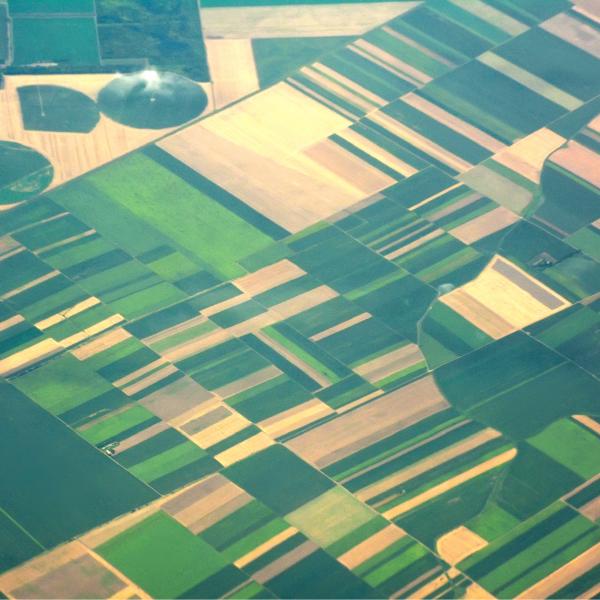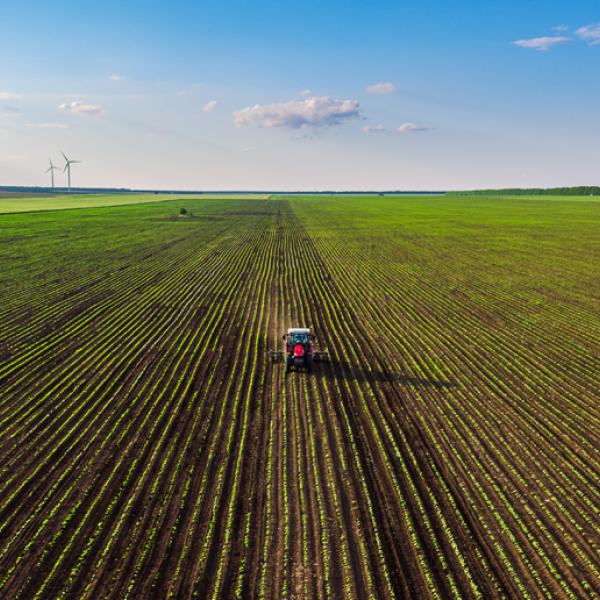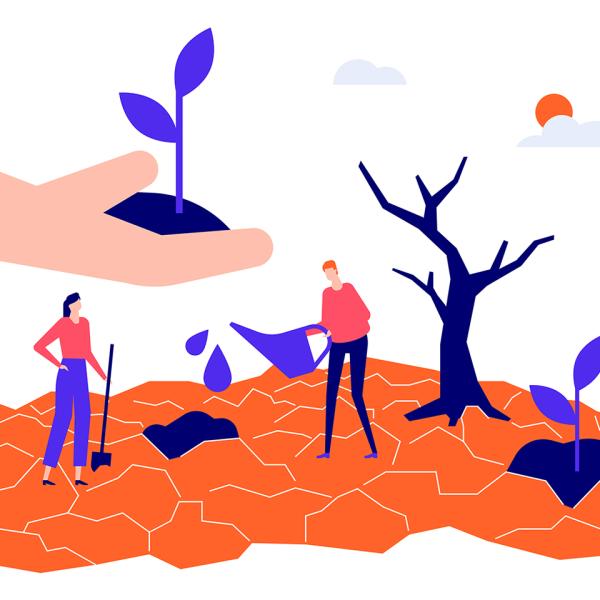Helen Hambly Odame says that for Canadian farms to survive and thrive in the 21st century tractors and rain are only part of the formula: farmers also need digital tools and high-speed Internet access to use them.
“The Canadian agricultural industry and farmers need to get ahead of the curve on these technologies,” says Hambly Odame, an agriculture communication and rural development researcher at the University of Guelph.
Hambly Odame is a Canadian and international leader in working to identify ways to bridge the digital divide between rural and urban Canadians.
With CFI support, in 2006 Hambly Odame created a unique multimedia digital production lab to train a next-generation of digitally enabled farmers and agriculture communicators.
“This project really crossed the analog-digital divide just at the advent of rich media online and social media,” says Hambly Odame, in the School of Environmental Design and Rural Development.
The lab’s research includes exploring the use of video in farmer education, including peer-to-peer education for illiterate farmers in countries such as Bangladesh and Sri Lanka to share information about crop pests, disease and best practices.
“The capture of knowledge in video is nuanced and exciting in the way that it's being used in agriculture internationally,” says Hambly Odame.
Now, she says, the challenge to keeping farms competitive is bringing high-speed connectivity to rural areas to enable a new generation of digital agricultural technologies, such as self-driving tractors and sensor-equipped barns.
"We've just scratched the surface of what digital media and Internet-based platforms will mean in agriculture in rural areas," says Hambly Odame, who is also a lead researcher in the R2B2 Regional and Rural Broadband project. The project aims to improve connectivity in rural parts of Canada by providing data and analysis to guide public investments in broadband access in those areas.
Return to the Feeding the country’s need for new knowledge in agriculture collection





